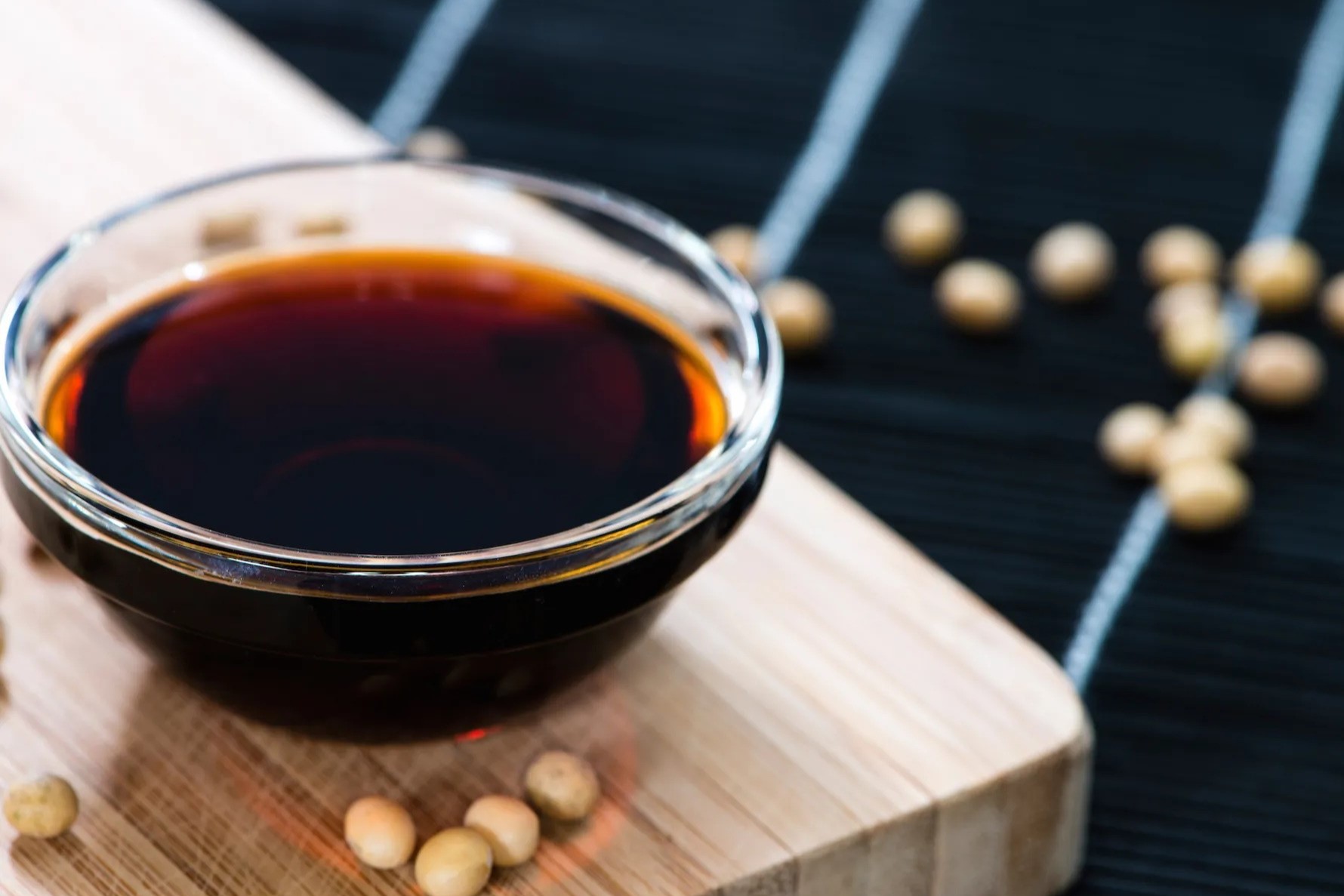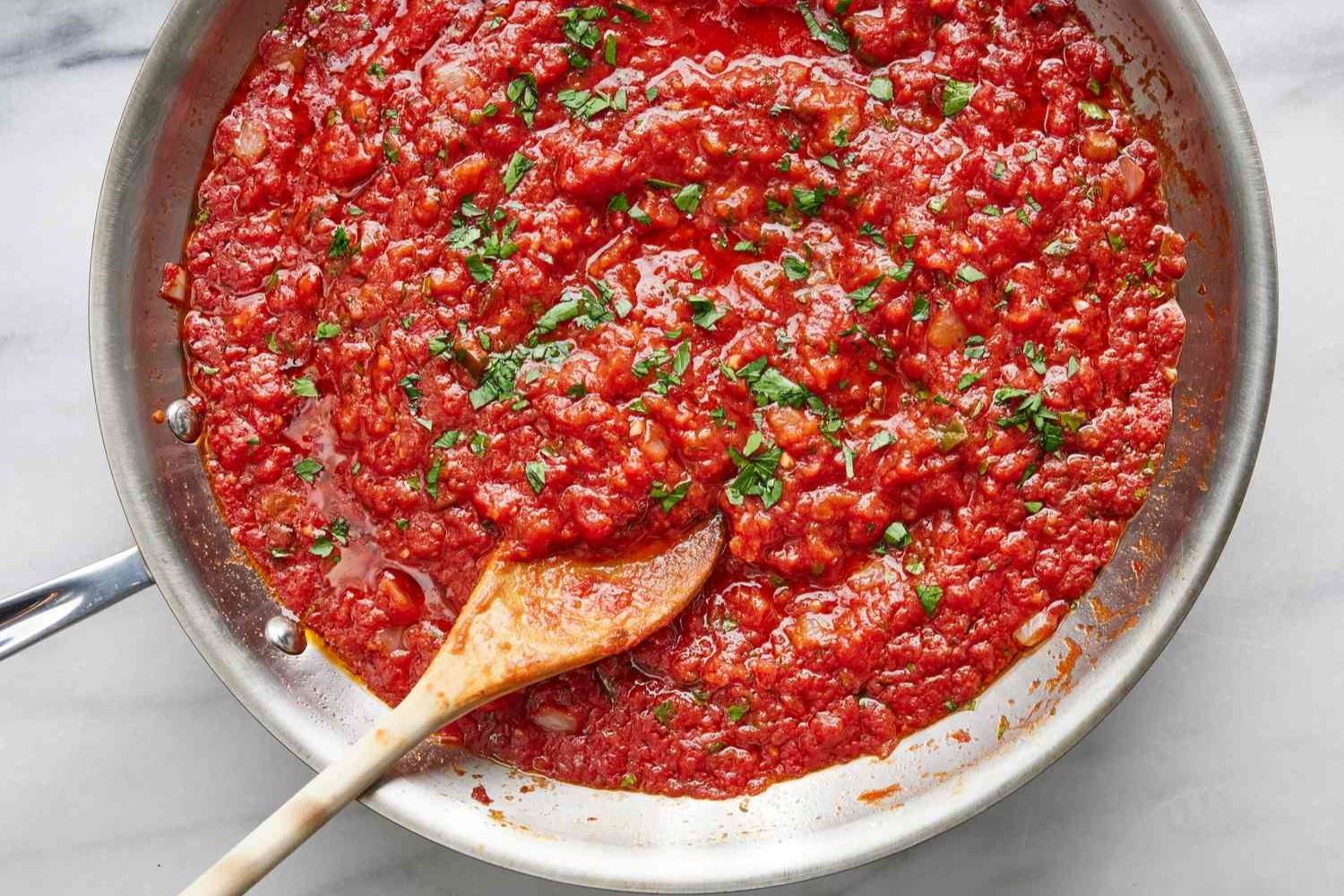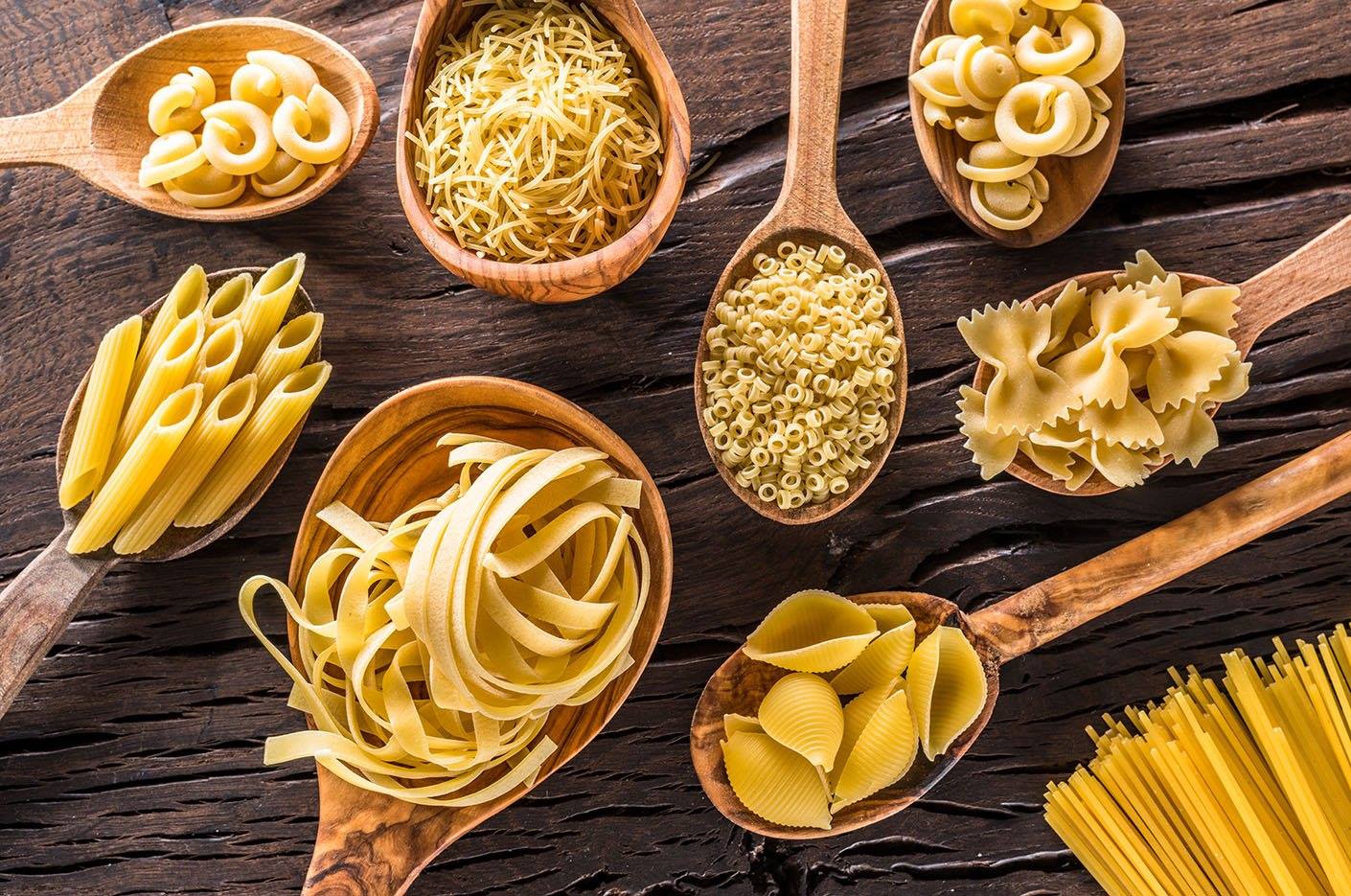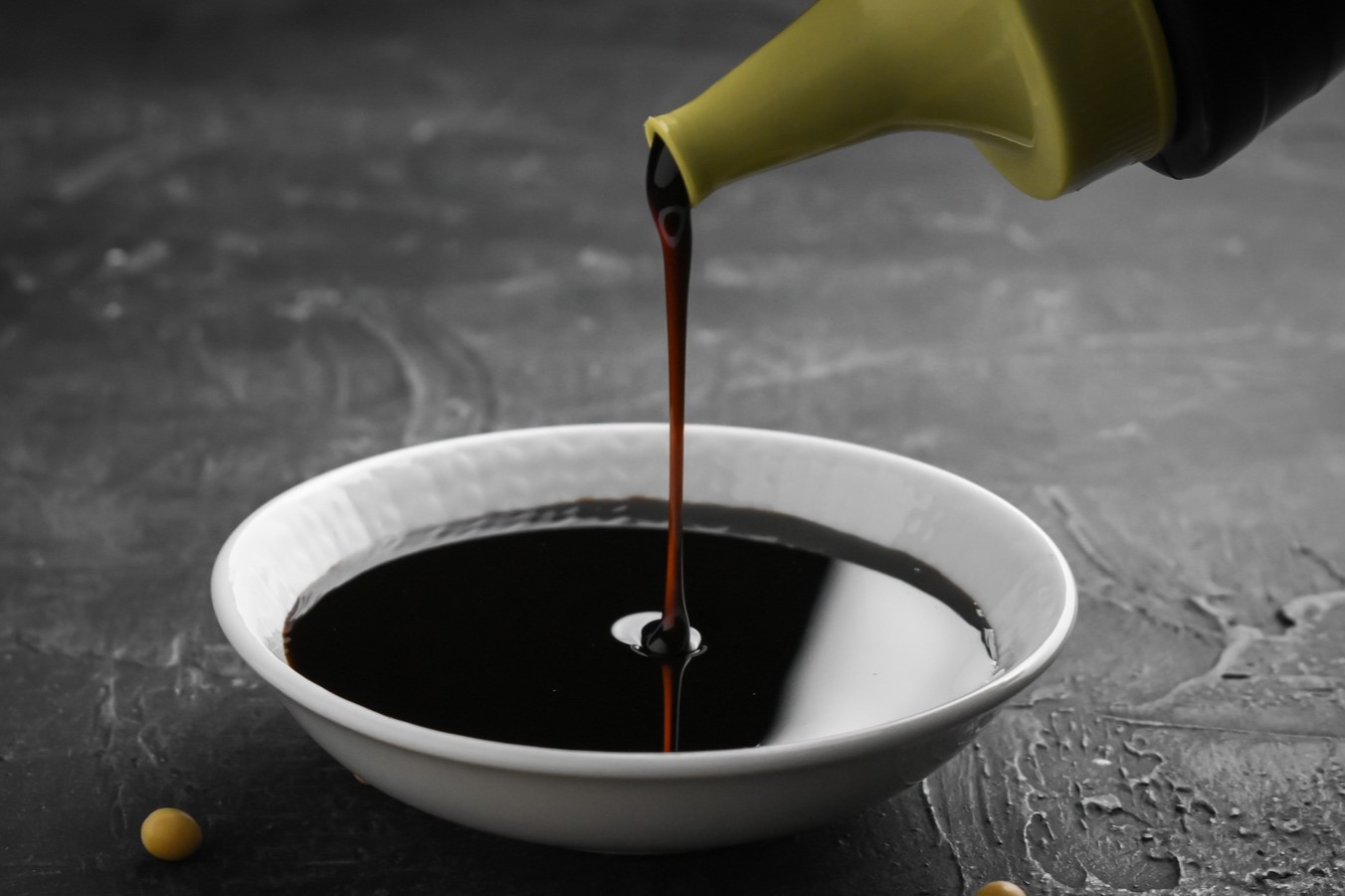Home>Food and Cooking>How To Thicken Spaghetti Sauce
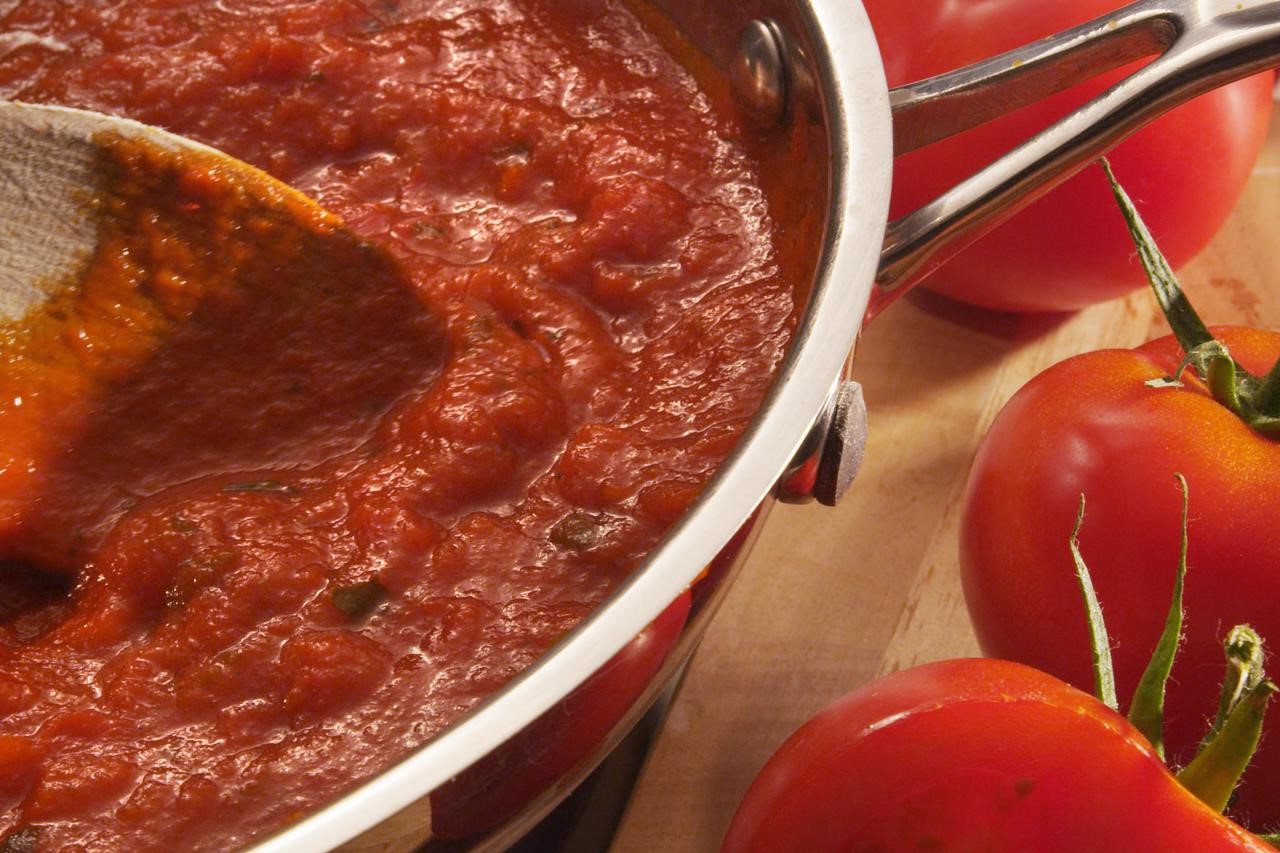

Food and Cooking
How To Thicken Spaghetti Sauce
Published: February 27, 2024
Learn how to thicken spaghetti sauce with simple tips and tricks. Enhance your cooking skills with our expert advice on food and cooking.
(Many of the links in this article redirect to a specific reviewed product. Your purchase of these products through affiliate links helps to generate commission for Noodls.com, at no extra cost. Learn more)
Table of Contents
Introduction
Spaghetti sauce, also known as marinara or tomato sauce, is a staple in many kitchens. Whether you're making a classic spaghetti dish, a hearty lasagna, or a flavorful pizza, the consistency of the sauce plays a crucial role in the overall taste and texture of the dish. While some prefer a thinner, more liquid sauce, others enjoy a thicker, richer consistency that clings to the pasta or other ingredients.
In this comprehensive guide, we will delve into the art of thickening spaghetti sauce. We'll explore various techniques and ingredients that can be used to achieve the desired thickness, allowing you to customize your sauce to suit your preferences and culinary creations. From understanding the basics of spaghetti sauce to exploring different thickening agents and cooking techniques, this article will equip you with the knowledge and skills to elevate your sauce game.
So, whether you're a seasoned home cook looking to perfect your signature spaghetti sauce or a novice eager to experiment with different textures and flavors, this guide is designed to empower you with the expertise needed to create delectably thick and satisfying spaghetti sauce. Let's embark on this flavorful journey and uncover the secrets to achieving the perfect consistency for your next Italian-inspired culinary masterpiece.
Read more: How To Thicken Mashed Potatoes
Understanding the Basics of Spaghetti Sauce
Spaghetti sauce, a fundamental component of countless Italian dishes, serves as the flavorful foundation upon which many culinary creations are built. At its core, spaghetti sauce typically consists of tomatoes, herbs, and other seasonings, offering a versatile canvas for culinary experimentation. Understanding the basics of spaghetti sauce is essential for mastering the art of thickening it to perfection.
The primary ingredients of a classic spaghetti sauce include tomatoes, whether in the form of fresh, canned, or pureed tomatoes, which form the base of the sauce. Commonly used herbs and seasonings such as basil, oregano, garlic, and onion contribute to the sauce's aromatic and savory profile. Olive oil, salt, and pepper are often added to enhance the overall flavor.
The cooking process for spaghetti sauce involves simmering the ingredients together to allow the flavors to meld and the sauce to thicken naturally. This slow-cooking method is crucial for achieving a rich and robust flavor profile, as the ingredients gradually break down and infuse the sauce with depth and complexity.
Furthermore, the choice of tomatoes can significantly impact the texture and consistency of the sauce. While fresh tomatoes can yield a lighter and more delicate sauce, canned tomatoes or tomato paste often result in a thicker and heartier base. Understanding the characteristics of different tomato varieties and their impact on the sauce's thickness is key to achieving the desired texture.
Additionally, the acidity of the tomatoes plays a pivotal role in the overall composition of the sauce. Balancing the acidity with a touch of sweetness, often achieved through the addition of sugar or grated carrots, can help round out the flavors and reduce any tartness, resulting in a more harmonious and palatable sauce.
By grasping the foundational elements of spaghetti sauce, including its key ingredients, cooking techniques, and the interplay of flavors, you can develop a deeper appreciation for the culinary alchemy that goes into creating this beloved Italian staple. Armed with this knowledge, you are better equipped to explore the various methods of thickening spaghetti sauce, allowing you to tailor the consistency to suit your personal preferences and culinary endeavors.
Tips for Thickening Spaghetti Sauce
When it comes to achieving the perfect consistency for your spaghetti sauce, several tips and techniques can be employed to elevate its texture and mouthfeel. Whether you prefer a lusciously thick sauce that clings to the pasta or a velvety, rich base for your culinary creations, these tips will guide you toward achieving the desired thickness with finesse.
-
Simmering and Reduction: One of the most effective methods for thickening spaghetti sauce is to simmer it over low heat for an extended period. This allows the excess liquid to evaporate, resulting in a more concentrated and thicker sauce. As the sauce simmers, the flavors intensify, and the texture gradually transforms into a sumptuous consistency that coats the back of a spoon.
-
Use Tomato Paste: Incorporating tomato paste into your spaghetti sauce is a quick and reliable way to thicken it. Tomato paste is highly concentrated, adding depth of flavor and a velvety thickness to the sauce. Simply stir in a tablespoon or two of tomato paste and allow it to simmer, allowing the sauce to thicken and develop a robust, savory profile.
-
Incorporate Cooked Vegetables: Adding cooked and pureed vegetables such as carrots, bell peppers, or onions to the sauce not only enhances its nutritional value but also contributes to its thickness. The natural starches and fibers in the vegetables act as a natural thickening agent, imparting a luscious texture and enriching the overall flavor profile of the sauce.
-
Roux or Beurre Manié: For a luxurious and velvety texture, consider incorporating a roux or beurre manié into your spaghetti sauce. A roux, made from equal parts flour and fat, or a beurre manié, a mixture of equal parts flour and butter, can be added to the sauce to thicken and enrich it. These traditional thickening agents lend a silky smoothness and a subtle nutty flavor to the sauce.
-
Parmesan Rind: Utilizing the rind of a block of Parmesan cheese is a clever way to impart richness and thickness to your spaghetti sauce. Simply add the Parmesan rind to the simmering sauce, allowing it to infuse the liquid with its savory essence and contributing to a luxurious, creamy texture.
-
Puree or Blend: For a seamless and silky texture, consider pureeing or blending a portion of the sauce. This technique not only enhances the sauce's thickness but also creates a cohesive and velvety consistency, ensuring that every bite is a harmonious blend of flavors and textures.
By incorporating these tips into your culinary repertoire, you can confidently navigate the art of thickening spaghetti sauce, unlocking a world of possibilities for creating delectably rich and satisfying sauces that elevate your favorite Italian-inspired dishes. Whether you opt for the slow and steady approach of simmering or experiment with the addition of flavorful ingredients, these tips empower you to customize the texture of your spaghetti sauce to suit your personal preferences and culinary aspirations.
Thickening Agents for Spaghetti Sauce
When it comes to achieving the ideal thickness for spaghetti sauce, a variety of thickening agents can be employed to enhance its texture and consistency. These agents not only contribute to the sauce's thickness but also infuse it with nuanced flavors and luxurious mouthfeel. Understanding the diverse options available for thickening spaghetti sauce allows for culinary creativity and the ability to tailor the sauce to suit individual preferences.
1. Arrowroot Powder:
Derived from the root of the arrowroot plant, this gluten-free thickening agent is an excellent choice for those seeking a clear and glossy finish to their spaghetti sauce. Arrowroot powder is known for its neutral flavor profile and its ability to thicken sauces without imparting a starchy taste. To use arrowroot powder, simply mix it with a small amount of cold water to create a slurry before adding it to the simmering sauce. This method ensures a smooth and consistent thickening process.
Read more: How To Thicken Frosting
2. Cornstarch:
Widely recognized for its thickening properties, cornstarch is a popular choice for achieving a velvety texture in spaghetti sauce. When using cornstarch as a thickening agent, it is essential to create a slurry by mixing it with cold water before incorporating it into the sauce. This technique prevents the formation of lumps and allows for even distribution, resulting in a glossy and lusciously thickened sauce.
3. All-Purpose Flour:
A traditional thickening agent, all-purpose flour is often used to achieve a rich and hearty consistency in spaghetti sauce. To utilize flour as a thickener, it is typically combined with fat, such as butter or oil, to create a roux. This mixture is then added to the sauce, where it undergoes a cooking process that imparts a subtle nutty flavor and a luxurious thickness to the sauce.
4. Xanthan Gum:
For those seeking a gluten-free and low-carb thickening option, xanthan gum serves as an effective choice for thickening spaghetti sauce. This versatile thickening agent requires minimal quantity to achieve the desired consistency and is known for its stability and ability to prevent sauce separation. When using xanthan gum, it is crucial to sprinkle it evenly over the sauce and whisk vigorously to ensure proper dispersion.
5. Potato Flakes or Starch:
Incorporating potato flakes or starch into spaghetti sauce offers a natural and wholesome approach to thickening. The starch present in potatoes acts as a reliable thickening agent, contributing to a creamy and indulgent texture. To use potato flakes or starch, simply sprinkle a small amount into the sauce and allow it to simmer, gradually thickening and enriching the sauce with a comforting and velvety consistency.
By exploring the diverse array of thickening agents available for spaghetti sauce, home cooks and culinary enthusiasts can elevate their sauce-making endeavors, infusing each creation with a customized texture and depth of flavor. Whether opting for traditional thickening agents such as flour or embracing modern alternatives like xanthan gum, the art of thickening spaghetti sauce offers a world of culinary possibilities, inviting experimentation and innovation in the pursuit of the perfect sauce.
Cooking Techniques for Thickening Spaghetti Sauce
Cooking techniques play a pivotal role in the art of thickening spaghetti sauce, offering a myriad of approaches to achieve the desired texture and consistency. From slow and steady reduction to the incorporation of flavorful ingredients, these techniques empower home cooks and culinary enthusiasts to elevate their spaghetti sauce to new heights of richness and depth.
Simmering and Reduction
One of the fundamental techniques for thickening spaghetti sauce involves the process of simmering and reduction. By gently simmering the sauce over low heat for an extended period, excess liquid evaporates, resulting in a more concentrated and lusciously thickened sauce. This gradual reduction not only enhances the sauce's thickness but also intensifies its flavors, creating a robust and deeply satisfying culinary foundation.
Incorporating Tomato Paste
The addition of tomato paste serves as a quick and reliable technique for thickening spaghetti sauce. With its concentrated flavor and velvety texture, tomato paste enriches the sauce, infusing it with depth and complexity while contributing to a sumptuous thickness. By stirring in a tablespoon or two of tomato paste and allowing the sauce to simmer, home cooks can effortlessly achieve a rich and satisfying consistency.
Utilizing Cooked Vegetables
Incorporating cooked and pureed vegetables such as carrots, bell peppers, or onions into the sauce offers a dual benefit of enhancing nutritional value and contributing to its thickness. The natural starches and fibers present in these vegetables act as natural thickeners, imparting a luscious texture and enriching the overall flavor profile of the sauce. This technique not only elevates the sauce's thickness but also introduces layers of savory complexity.
Roux or Beurre Manié
For those seeking a luxurious and velvety texture, the incorporation of a roux or beurre manié presents an exceptional technique for thickening spaghetti sauce. A roux, crafted from equal parts flour and fat, or a beurre manié, a mixture of equal parts flour and butter, adds a silky smoothness and subtle nutty flavor to the sauce. This traditional thickening method results in a lusciously thickened sauce that exudes richness and depth.
Parmesan Rind Infusion
Utilizing the rind of a block of Parmesan cheese offers a clever technique to impart richness and thickness to spaghetti sauce. By adding the Parmesan rind to the simmering sauce, its savory essence infuses the liquid, contributing to a luxurious, creamy texture. This technique not only enhances the sauce's thickness but also introduces a subtle umami complexity that elevates the overall flavor profile.
Pureeing or Blending
For a seamless and silky texture, pureeing or blending a portion of the sauce serves as an effective technique for thickening spaghetti sauce. This method not only enhances the sauce's thickness but also creates a cohesive and velvety consistency, ensuring that every bite is a harmonious blend of flavors and textures. By incorporating this technique, home cooks can achieve a lusciously thickened sauce with a luxurious mouthfeel.
By mastering these cooking techniques for thickening spaghetti sauce, home cooks and culinary enthusiasts can embark on a flavorful journey, customizing the texture and richness of their sauces to suit their personal preferences and culinary aspirations. Whether opting for the slow and steady approach of simmering or experimenting with the addition of flavorful ingredients, these techniques empower individuals to create delectably rich and satisfying spaghetti sauces that elevate their favorite Italian-inspired dishes.
Conclusion
In conclusion, the art of thickening spaghetti sauce is a culinary endeavor that offers a delightful fusion of creativity, technique, and flavor. By understanding the foundational elements of spaghetti sauce, including its key ingredients, cooking techniques, and the interplay of flavors, home cooks and culinary enthusiasts can embark on a flavorful journey to customize the texture and richness of their sauces.
From the slow and steady process of simmering and reduction to the incorporation of flavorful ingredients such as tomato paste, cooked vegetables, roux, and Parmesan rind, the techniques for thickening spaghetti sauce offer a myriad of approaches to achieve the desired texture and consistency. Each method contributes to the transformation of the sauce, elevating it to new heights of richness and depth.
Furthermore, the exploration of diverse thickening agents, including arrowroot powder, cornstarch, all-purpose flour, xanthan gum, and potato flakes or starch, presents a world of culinary possibilities, inviting experimentation and innovation in the pursuit of the perfect sauce. These agents not only contribute to the sauce's thickness but also infuse it with nuanced flavors and luxurious mouthfeel, allowing for a customized approach to sauce-making.
By mastering the cooking techniques for thickening spaghetti sauce, home cooks can confidently navigate the art of sauce-making, infusing each creation with a customized texture and depth of flavor. Whether opting for the slow and steady approach of simmering or experimenting with the addition of flavorful ingredients, these techniques empower individuals to create delectably rich and satisfying spaghetti sauces that elevate their favorite Italian-inspired dishes.
In essence, the journey of thickening spaghetti sauce is a delightful exploration of culinary artistry, offering a canvas for personal expression and gastronomic innovation. With a deep understanding of the basics of spaghetti sauce, a repertoire of tips for thickening, an array of thickening agents, and a mastery of cooking techniques, home cooks and culinary enthusiasts can embark on a flavorful odyssey, creating delectably rich and satisfying sauces that elevate their culinary creations to new heights.
